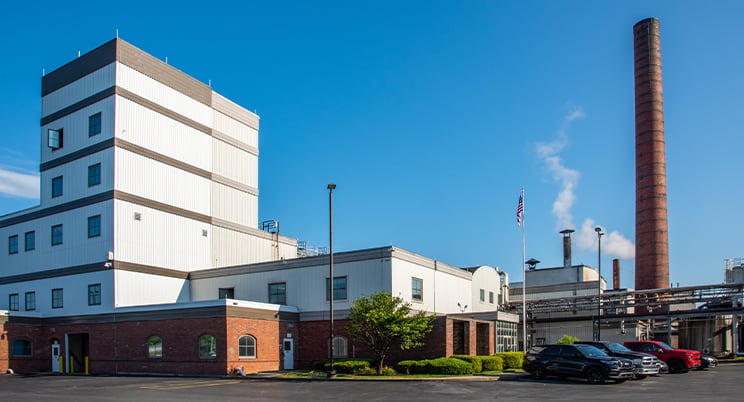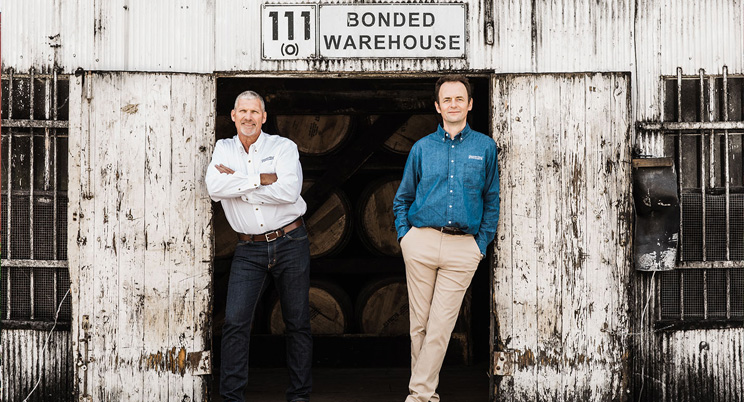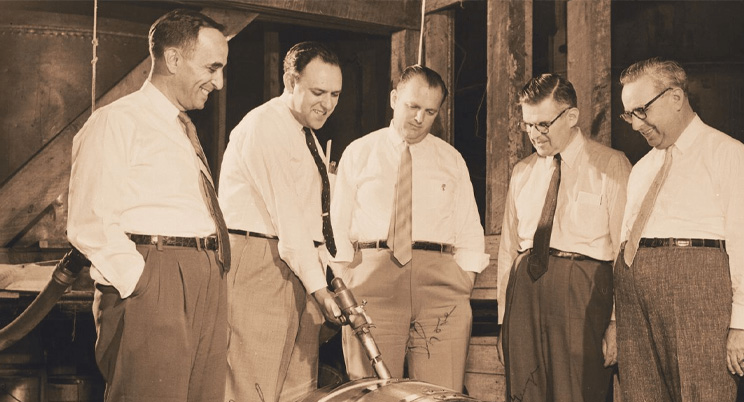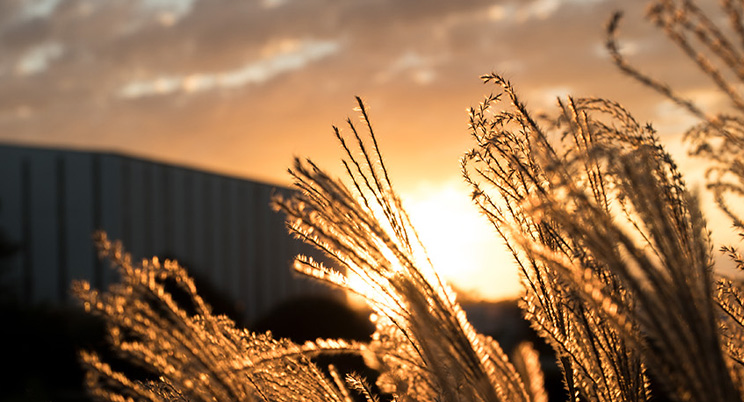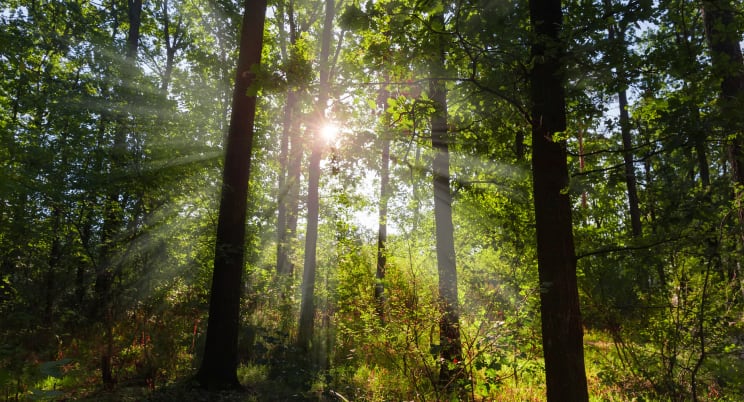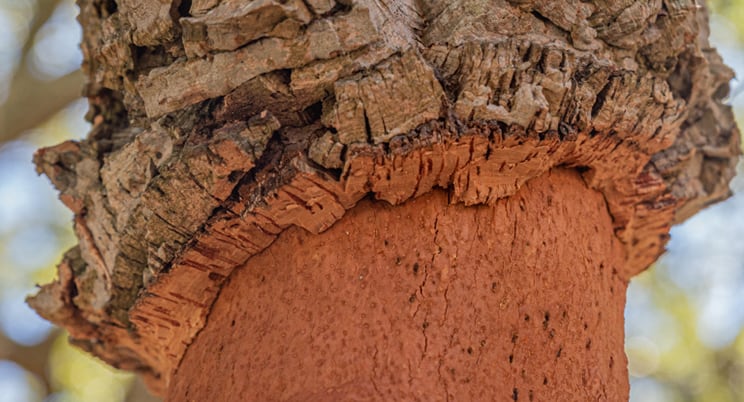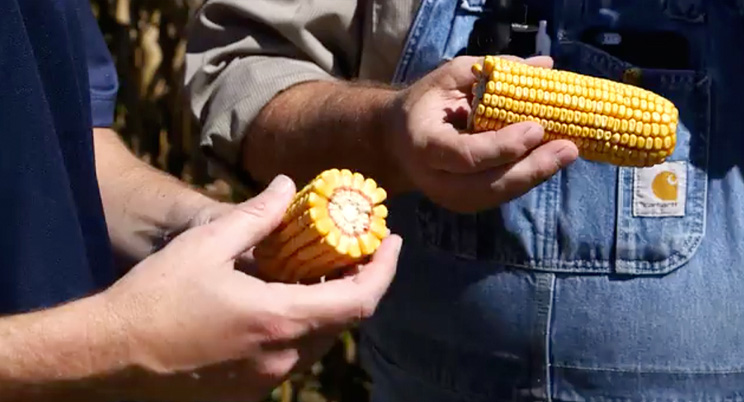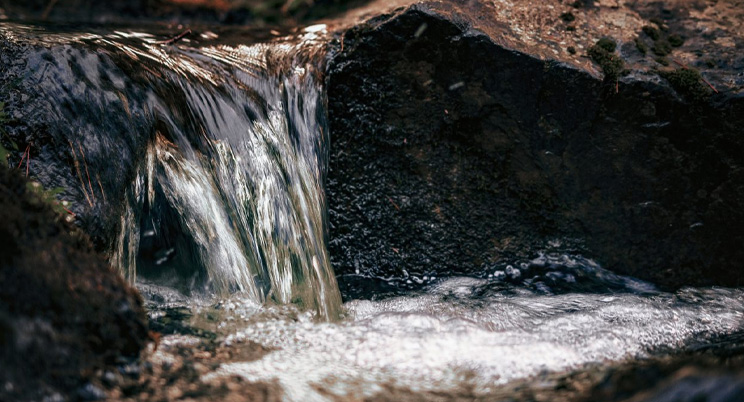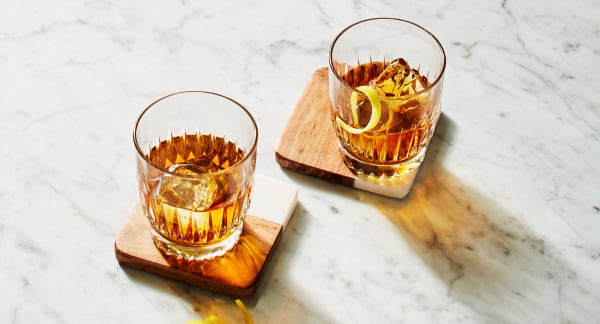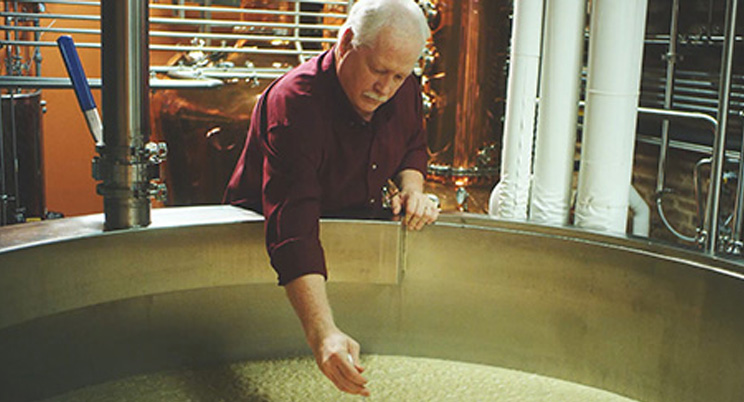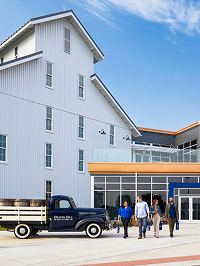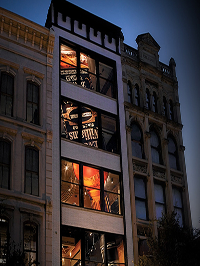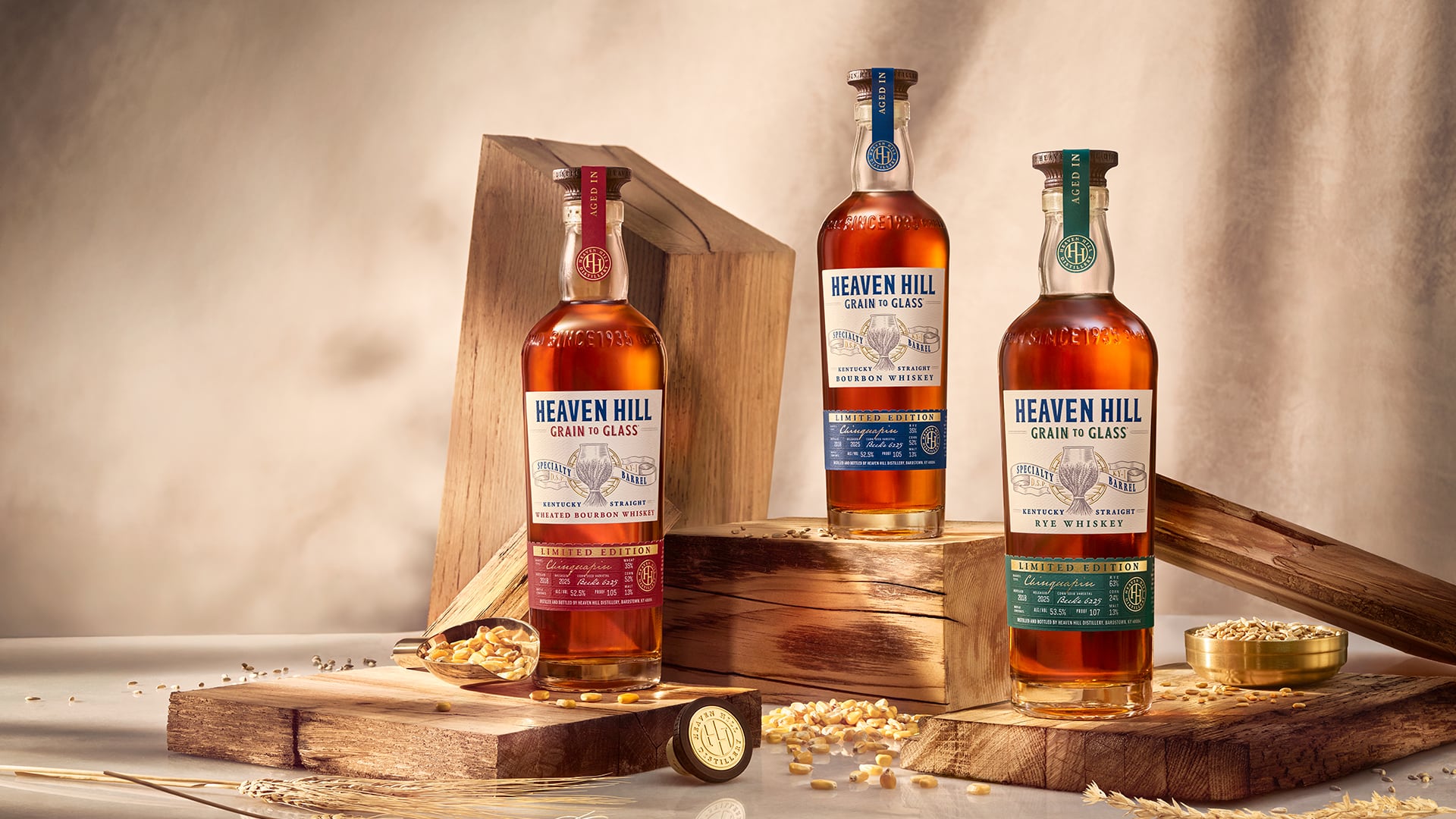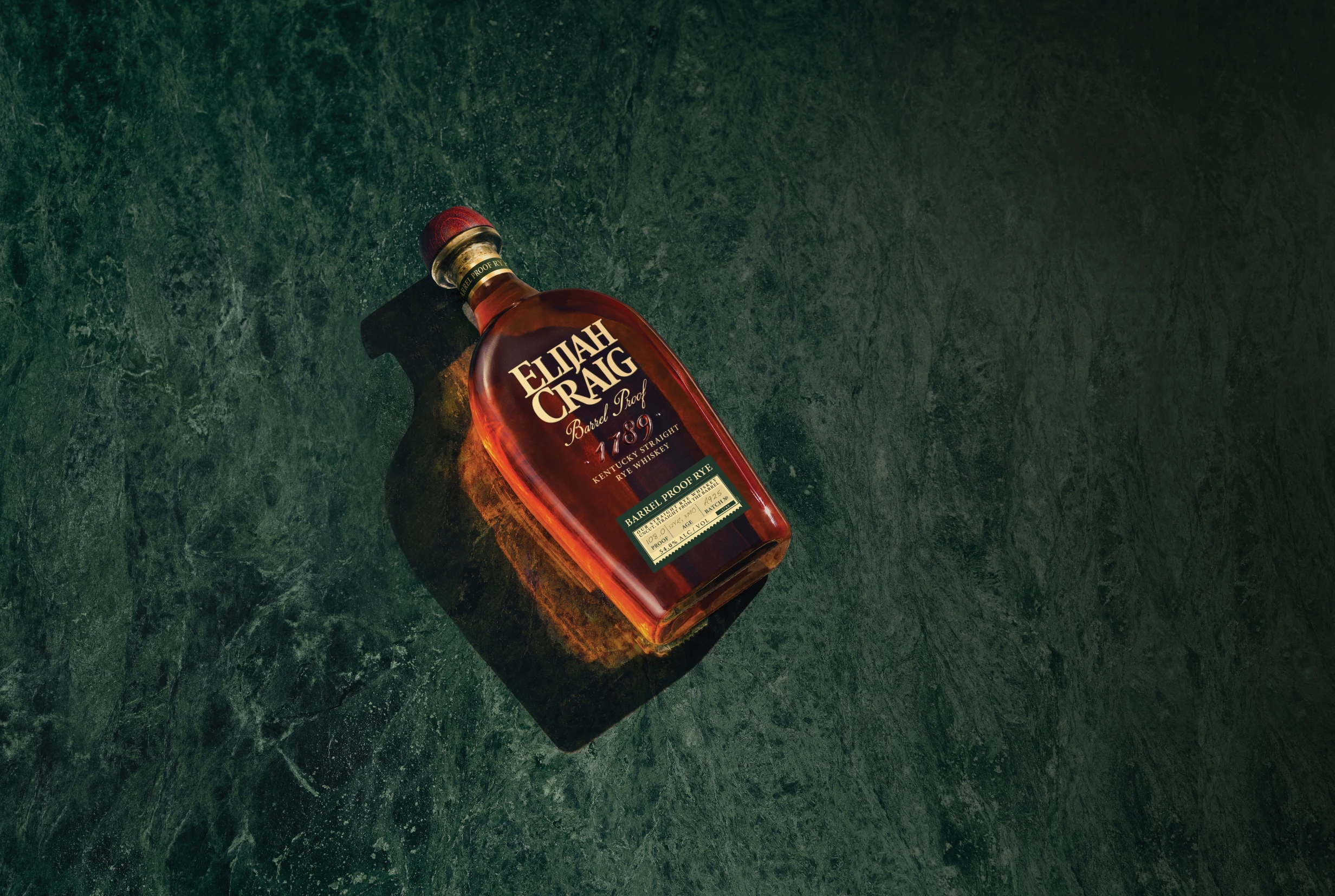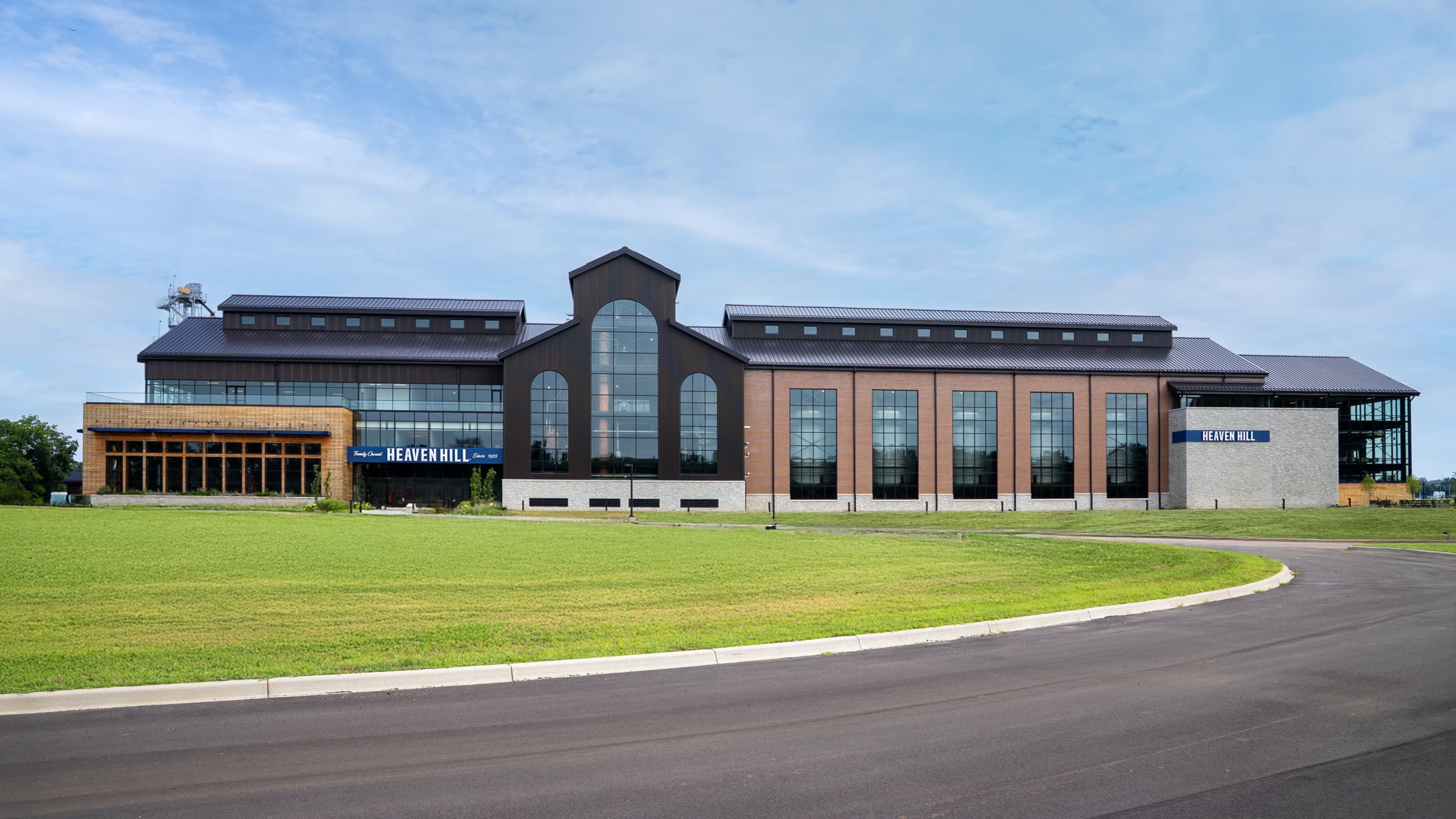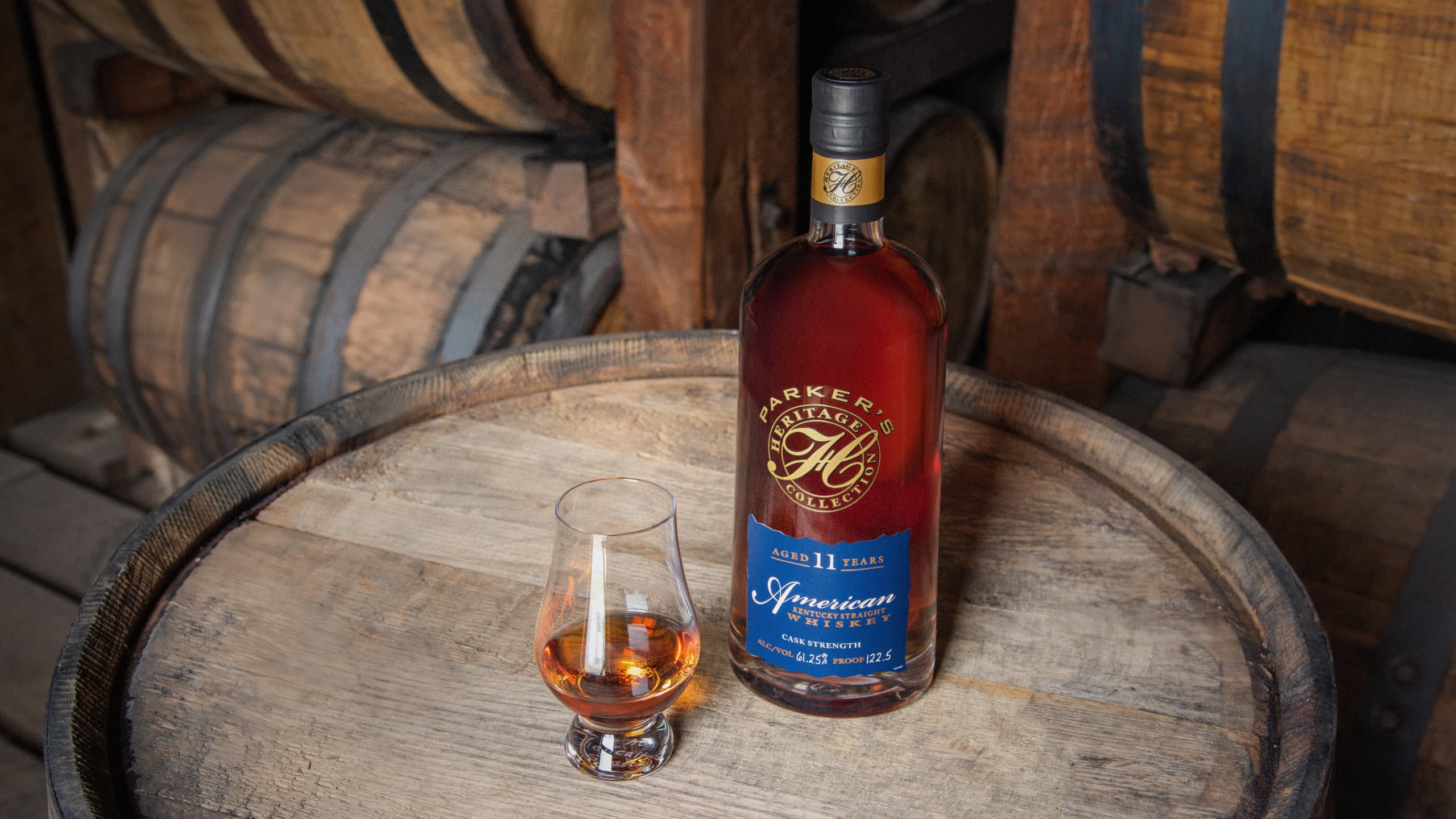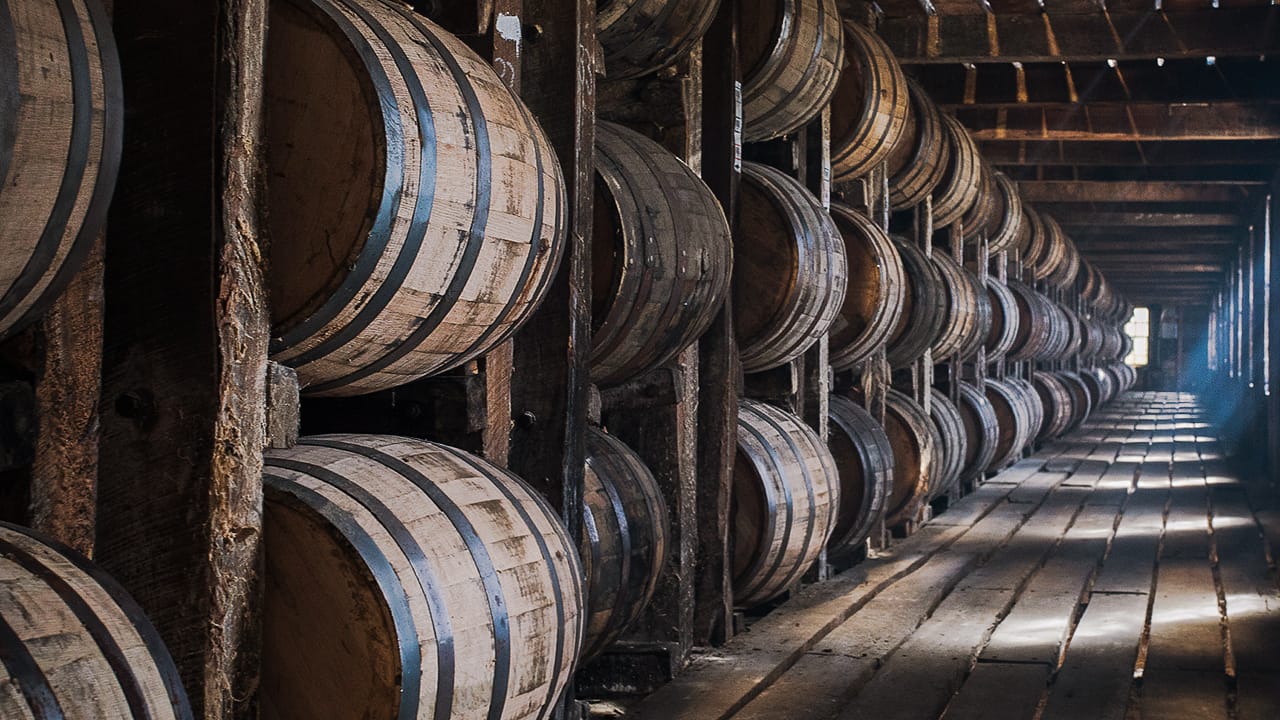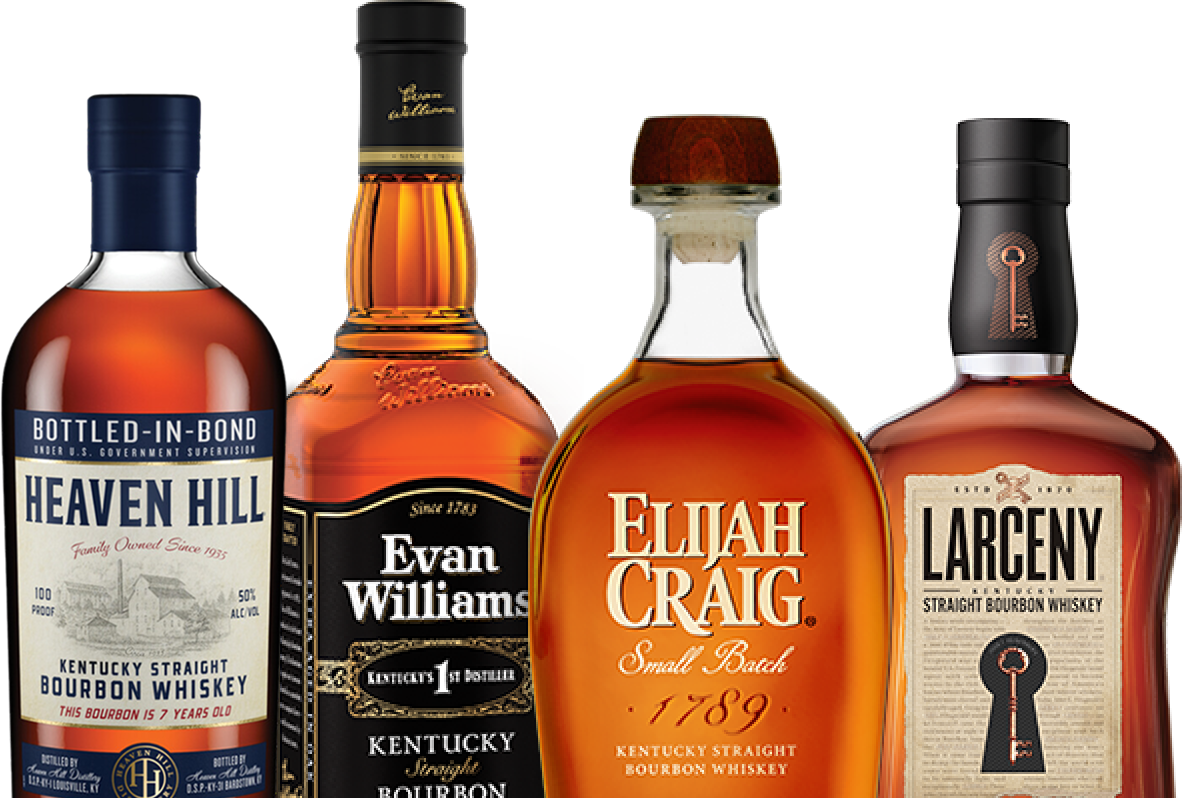In an age of next-day shipping and lightweight cardboard boxes, it’s tough to imagine a heavy wooden barrel serving the same purpose it did centuries ago.
Back then, barrels were all-purpose containers for storing and transporting nearly anything, but when spirits makers realized they were ideal for transporting liquids, the humble barrel took on new value.
Today, barrel-making is craftsmanship on an industrial scale. Cooperages operate around the clock to keep pace with surging demand, and what those 16th century coopers didn’t know about wood’s influence on spirits has been researched to the nth degree.
Today we know that:
- 100% of whiskey’s color and about 60% of its taste comes from a charred oak barrel
- Sweet notes come from oak sugars made accessible via charring, toasting, and soaking
- Aroma and mouthfeel is significantly attributed to the liquid’s interaction with wood
- Storage location—everything from country to rickhouse floor—affects how a barrel interacts with the liquid inside
But wait, there’s more, far more!
Follow along on a deep dive into our barrels and discover how they make our spirits so delicious.
American Oak: Nature’s Perfect Barrel Wood
According to “Oak 101,” an extensive study of barrel science conducted by Independent Stave Co., American white oak (quercus alba) “is a particularly pure wood.”
Unlike other tree species that contain resins that influence spirit flavor negatively, American white oak is relatively neutral. Only when dried in open air and/or finished in kilns, then charred or toasted, do those coveted vanilla, toast, and spice flavors emerge.
Oak’s four key components—cellulose, hemicellulose, lignin, and tannin—each impact a spirit’s flavor in unique ways.
They can be broken down like this:
- Cellulose: 45%, minimal direct flavor effect
- Hemicellulose: 22%, wood sugars, body, toasted notes, caramelization byproducts, and color
- Lignin: 25%, color, vanilla, and filtering out of off-notes
- Oak tannins: 0.8 to 10%, responsible for astringency, promotion of oxidation products, and color
But for those four components to become accessible, the wood’s cellular structure must be broken down, and that’s where open-air seasoning, mechanical preparation, charring, and toasting come into play.
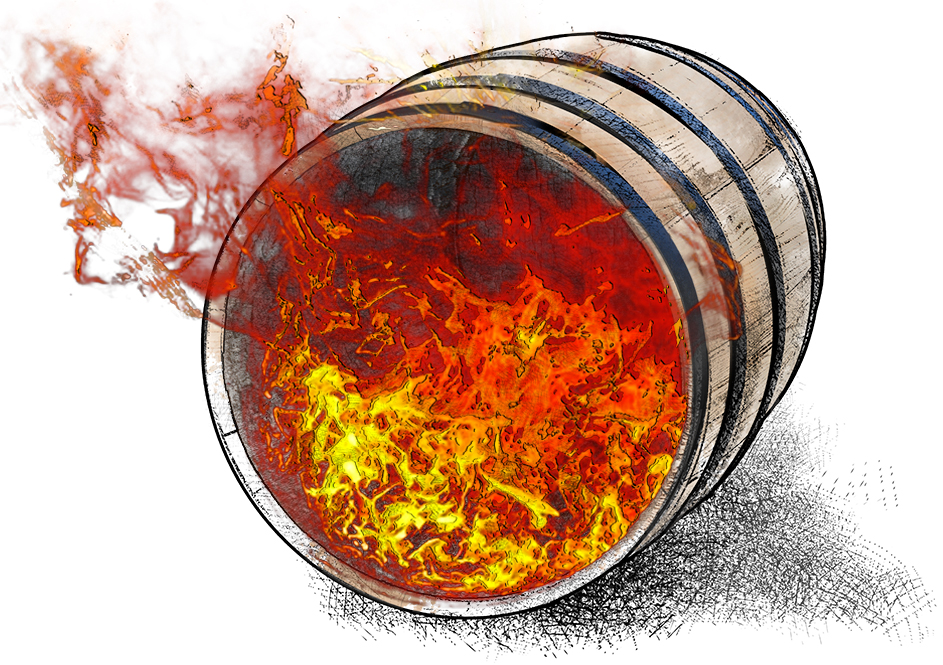
Seasoning: This is when oak staves are arranged to sit outside for months to years, exposed to a variety of weather, sunlight, humidity, and fungal activity. This makes the wood’s molecules beneficially malleable to charring and toasting, and it removes moisture from the oak, which prepares the wood for coopering.
Coopering: Coopering is the millennia-old trade of “raising” (assembling) a barrel. Coopers must first select oak staves that will align perfectly, then they place them into a stand and use temporary truss rings to hold them upright. Once all the staves are selected and aligned, they’re either fire—or water—bent into barrel shape, which prepares them for toasting and/or charring.
Charring: By incinerating the barrel’s interior for one minute or less, the staves burn and develop a char layer. Typical char levels range from 1 to 4, but distillers experiment with varying levels. Heaven Hill uses a level 3 char on the vast majority of its barrels. The process also creates a red layer deep within the stave that further transforms the wood and provides for several extractable flavors and aromas. Lighter char levels tend to produce more fruit esters and spice notes, while heavier char levels release desirable oak flavors into the spirit more quickly.
Toasting: This process utilizes a lower-temperature fire to heat the barrel’s interior over 30 to 45 minutes. The low-and-slow heating breaks chemical bonds located deep in the wood, giving the liquid access to oak compounds like caramelized wood sugars, vanillin, and spice. No processes in coopering have a greater impact on a spirit’s flavor than charring and toasting.
Crozing and Heading: Crozing is when a machine cuts a circular groove into the top and bottom of a barrel to make room for the flat wooden heads. Galvanized steel hoops are placed around each barrel opening, the temporary hoops are replaced with steel hoops, and the toasted barrel heads are fitted into the barrel’s grooved ends.
Barrel Finishing: To ensure that each barrel is water tight, hot water and pressurized air are forced in through the bunghole. The pressure created from the air mimics the pressure the barrel will endure as it heats up in summertime. If the barrel leaks, a cooper must repair and retest it.
The Afterlife of Our Barrels
Barrels are costly—far more than the spirits they hold—but thankfully they’re durable.
Since U.S. laws mandate that Bourbon be aged in a new charred oak container, they can’t be reused for Bourbon making, and hundreds of thousands of Bourbon barrels are emptied each year.
Thankfully, they’re prized the world over for reuse in everything from the production of beer, Scotch, and Tequila to furniture, gardening products, and other novelties.
The barrel: the ancient, all-natural, completely repurpose-able container.
To learn more about the magic behind our barrels, check out our new Our Barrels page.
Check Out Our Barrels Page
